The classic lateral ankle sprain is known to most runners. Most twists are rapidly settled with a bit of ice and a few days. However repeated sprains indicate a weakness that should not be ignored, says physio Mark Buckingham.
An avoidable twist just before a race would be frustrating but it is important to prevent long term wear and tear on the joint. Each sprain causes the ligaments and capsule of the joint to become laxer and thus stabilises the joint less well. An unstable joint means more wear and tear on the joint surface and will hasten the onset of osteoarthritic change.
Why do ankle sprains occur and often recur?
Recurrent sprains are the result of ‘damage’ to the balance system and ineffective awareness of where your foot is in space and during ground contact. This is called proprioception.
Around the ankle, in the ligaments and tendons and within the joint, are nerve endings that give information to the brain about proprioception. If your foot is not going to strike the ground properly the brain needs to know and it can alter its placement. If the ankle is about to roll the brain tells the surrounding muscles to contract and correct before it is too late. A twisted ankle affects these nerves and reaction pathways and the reaction is therefore slow or non-existent. If you do not re-train it then it does not recover automatically and you continue to twist the ankle setting up a vicious cycle.
Dealing with weak ankles
If you suspect you have a weak ankle or one that seems to roll for no real reason then you need to deal with it. To start with you need to see if you have the right strength in the muscles surrounding the joint to stabilise the joint. Often patients will not. Once you have identified and improved the strength you can start to improve the stability or proprioception.
The ankle needs to be tested for strength of both inversion (turn foot in - Picture 2) and eversion (turn foot out - Picture 1). You should be able to resist the foot being pushed either way.
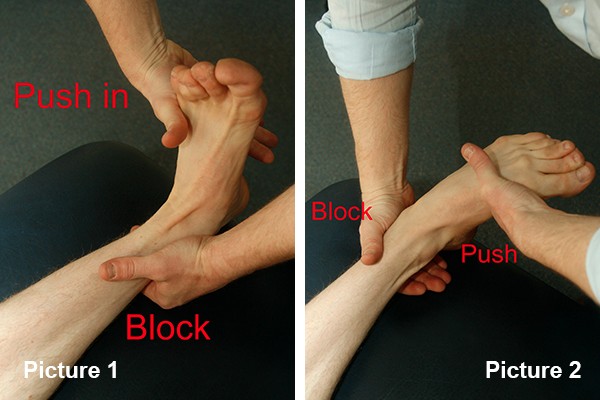
Any weakness needs to be corrected by use of band as shown 3 x 15 reps to fatigue or by the use of a cable pulley where you can go heavier. 8 reps, 5 sets.
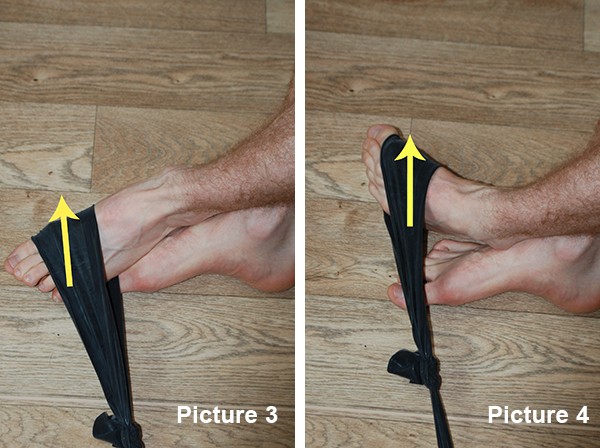
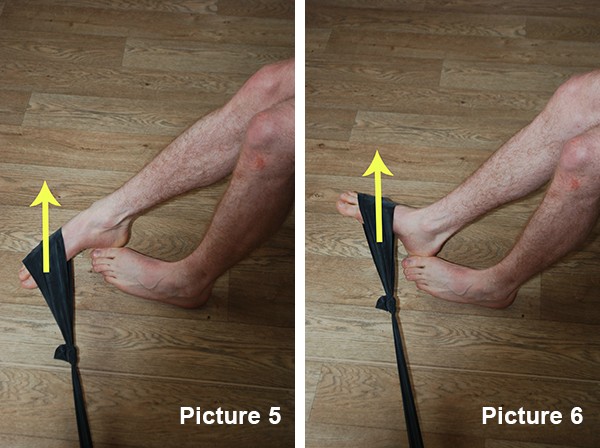
Calf strength is vital. You should be able to do 3 x 25 single leg heel rises off of a step as a minimum .
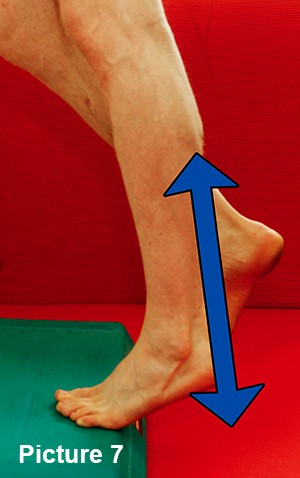
The control and proprioception is improved by challenging the nerves around the ankle. The use of simple wobble cushions, Bosu or wobble boards are a good place to start. Single leg standing on the cushion and try to balance.
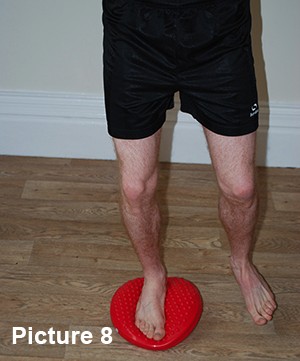
Once you can stand on the cushion or Bosu try:
- Small knee bends
- Tip toes
- Running actions with the free leg
- Look over each shoulder quickly
- ‘Swim’ with your arms, try to touch your toes
- Play catch with a ball
Close your eyes and repeat the above (not play catch!) Closing your eyes is important because you get a huge amount of information about your balance from your eyes. Closing them makes you challenge the proprioception system.
A little and often is the key and spending a couple of minutes a few times a day is effective.
Once you have improved the balance control move onto:
-
Fast hops from one foot to the other keeping on your toes, 3 x 25
-
Hops in a cross – north south east west – hopping a metre each way – again on your toes, 2-4 times around the NSEW for 4-6 sets
-
Fast side skips over 15 metres, repeat each for a minute and once you get better confidence close your eyes!














